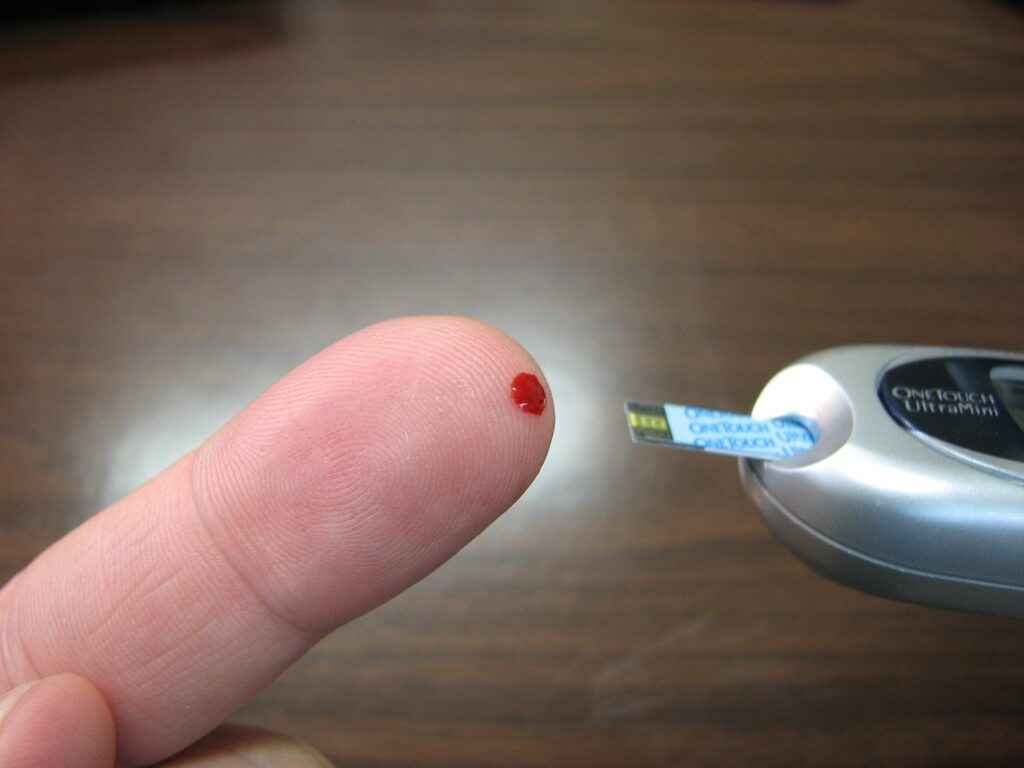Blood sugar testing is an important aspect of diabetes management and control. Knowing your blood sugar level and monitor it in a timely manner will help you recognize whether it has decreased or increased outside of the desired range. In some situations, this will aid in the avoidance of an emergency. You’ll be able to keep track of your blood glucose levels throughout time as well. This will show you and your doctor how to exercise, eating, and medicines may affect you.
Testing your blood glucose level is simple and maybe done almost anywhere and at any time. You may test your blood and get a reading in as little as a minute or two with an at-home blood sugar meter or blood glucose monitor. Science has advanced to the point that anyone can test sugar at home.
Testing at home
Following a testing schedule, whether you test multiple times a day or simply once, will help you avoid illness, get accurate readings, and better control your blood sugar. Wash your hands with warm, soapy water first. Then, using a clean towel, thoroughly dry them. If you’re going to use an alcohol swab, make sure the region is totally dry before testing.

After that, place a clean needle into a clean lancet device. This is the needle-holding spring-loaded mechanism that you’ll use to puncture the end of your finger. Remove one test strip from your test strip bottle or carton. To avoid contaminating the other strips with dirt or moisture, make sure the container or box is completely closed.
Taking blood sample
You must insert the strip into the meter before collecting blood in all contemporary meters so that you may add the blood sample to the strip while it is in the meter. You used to put the blood on the strip first, then the strip in the meter with certain earlier meters. Use the lancet to pierce the side of your fingertip. Take a drop of blood and place it on the test strip, making sure you have enough for a reading.
Plentiful supplies
This includes lancets, alcohol swabs, testing strips, and anything else you use to keep track of your sugar levels. Make sure they’re available virtually all of the time so you can test at any moment.
Routine testing
Plan your regimen with the help of your doctor. They may advise you to check it when fasting, before and after meals, or before going to bed. Because everyone’s circumstance is unique, it’s critical to find a solution that works for you.
Noting down the readings
There are other applications that can help you keep track of this data and keep a running tally of your average blood sugar level. It’s also a good idea to keep track of the time of day you’re testing and how long it’s been since you last ate. This information will assist your doctor in tracking your blood sugar levels and may be useful in determining the cause of your blood sugar spikes.





